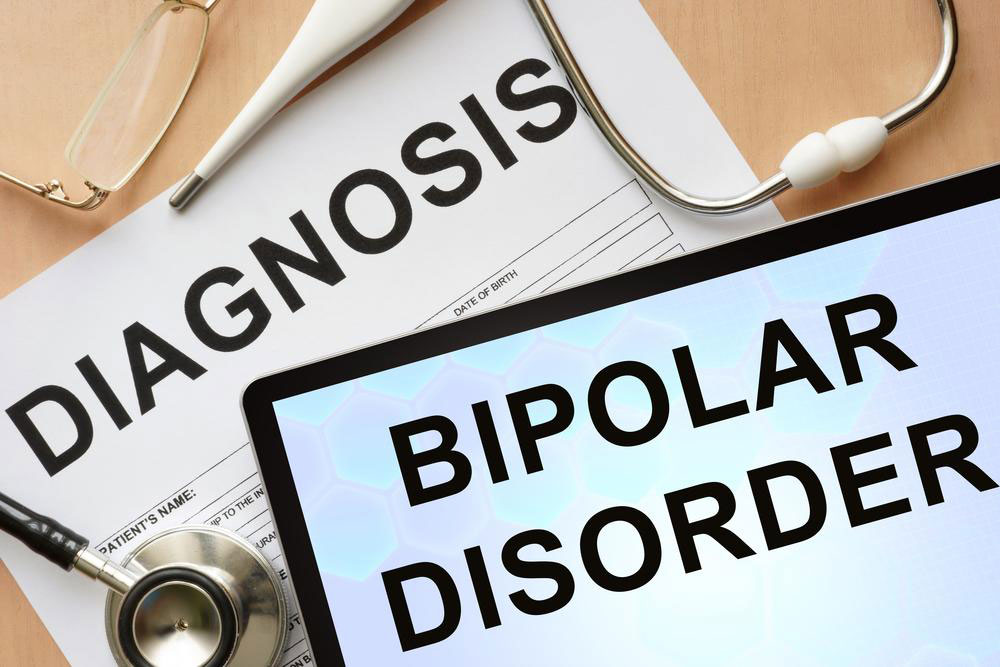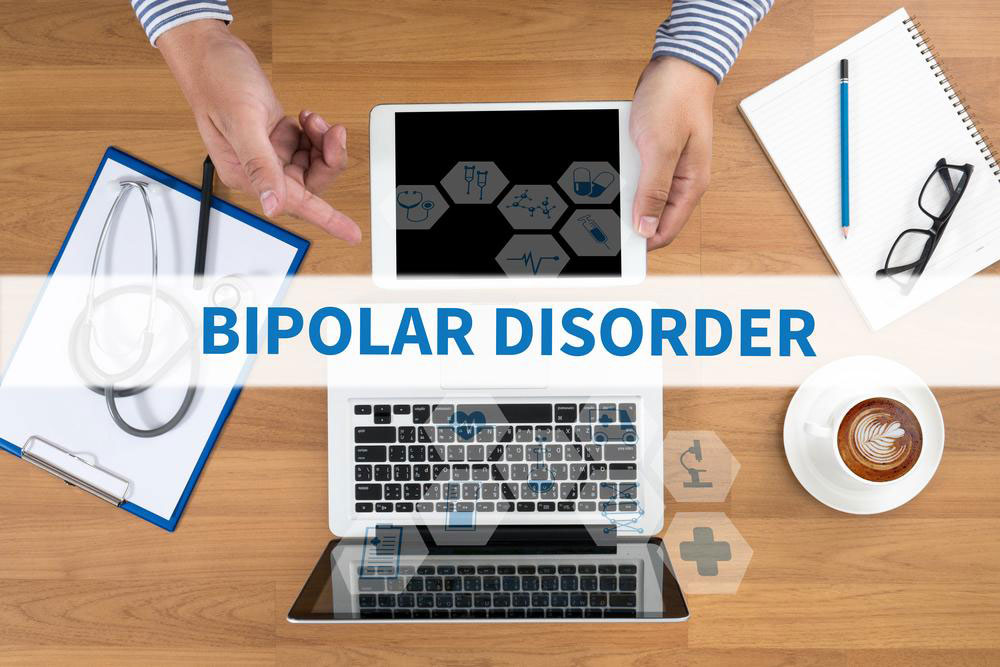Comprehensive Guide to Recognizing the 5 Key Symptoms of Bipolar Disorder
This detailed guide provides an extensive overview of the five key symptoms of bipolar disorder, emphasizing the importance of early detection and professional treatment. It explains the differences between bipolar I and II, describes common signs like hypomania, mood swings, impulsive behaviors, and depressive episodes, and highlights how early diagnosis can improve management outcomes. Recognizing these indicators can lead to timely intervention, helping individuals manage their condition effectively and lead healthier, more stable lives.

In-Depth Understanding of the 5 Most Important Indicators of Bipolar Disorder
Bipolar disorder is a complex mental health condition that profoundly affects an individual’s mood, energy levels, and behavior. Often misdiagnosed as depression due to overlapping symptoms, bipolar disorder involves significant mood swings that can disrupt daily life, relationships, and overall functioning. Recognizing the early signs can lead to timely diagnosis and effective management, improving outcomes and quality of life. This comprehensive guide aims to explore in detail the five primary indicators of bipolar disorder, providing clarity on each symptom and explaining why early intervention is crucial.
Bipolar disorder is classified into two main types, each with distinct features:
Bipolar I Disorder: Characterized by severe manic episodes that may require hospitalization, alternating with depressive periods. The intensity of mood swings often leads to significant impairment in social and occupational functioning.
Bipolar II Disorder: Features episodes of hypomania—less severe than full-blown mania—and major depressive episodes. While symptoms may be less disruptive, they still require careful management and treatment.
Typically manifesting in early adulthood around the age of 25, bipolar disorder can sometimes start during adolescence. The disorder is characterized by unpredictable mood shifts that are often accompanied by changes in energy, activity levels, and thought patterns. The cycle of mood swings can be rapid or gradual, and episodes of mania or depression can sometimes trigger each other, creating an ongoing challenge for those affected.
Understanding the key symptoms is essential for early detection. Below are the five major indicators that health professionals and individuals should be aware of:
Hypomania: A milder form of mania that often goes unnoticed by the individual but can be observed by others. Symptoms include increased energy, reduced need for sleep, exaggerated self-confidence, rapid speech, and heightened enthusiasm. Although less severe than full mania, hypomania can lead to risky behaviors such as reckless spending, impulsive decisions, or unsafe social activities. In some cases, hypomania might escalate into a full-blown manic episode if left untreated.
Poor Concentration and Focus: During mood episodes, individuals often struggle with maintaining attention. Racing thoughts, distractibility, and difficulty completing tasks are common. This impaired concentration significantly affects work performance, academic achievement, and daily responsibilities, making it a critical symptom to monitor.
Rapid and Incoherent Speech: During manic or hypomanic states, speech patterns tend to speed up, often becoming loud and difficult to follow. Thoughts can race so quickly that the individual speaks in a disorganized manner, which can be confusing or alarming to listeners. This symptom reflects heightened brain activity and is a hallmark of hypomanic episodes.
Impulsive and Risky Behaviors: During manic phases, there's a tendency to engage in activities with potential negative consequences, such as impulsive sexual encounters, reckless driving, excessive spending, or gambling. These behaviors often occur without regard for safety or consequences, increasing the risk of legal, financial, or health issues.
Depressive Episodes: Characterized by persistent feelings of sadness, hopelessness, and worthlessness. Individuals may experience low energy, fatigue, changes in sleep patterns (either excessive sleeping or insomnia), and loss of interest in activities once enjoyed. Some may develop suicidal thoughts or turn to substance abuse as a means of coping with their emotional pain.
These symptoms might seem minor individually, but their combined impact can severely disrupt a person’s life. For instance, frequent mood swings can impair relationships, cause work absences, and lead to social withdrawal. Recognizing these signs early is vital for seeking professional help that can lead to effective management, including medication, therapy, and lifestyle adjustments.
Early diagnosis not only improves treatment outcomes but also reduces the risk of serious complications. If you or someone you know exhibits these symptoms, it is essential to consult healthcare providers specializing in mental health. Proper assessment can confirm the diagnosis, and tailored treatment plans can be developed to stabilize mood swings and improve overall well-being.
Living with bipolar disorder requires ongoing management, but with appropriate care, individuals can lead fulfilling lives. Support from family, friends, and mental health professionals plays a crucial role in recovery and stability. Remember, help is available, and awareness is the first step towards overcoming the challenges associated with bipolar disorder.
If you recognize any of these warning signs, don’t hesitate to seek professional advice. Early intervention can significantly enhance quality of life and help control the disorder effectively.





